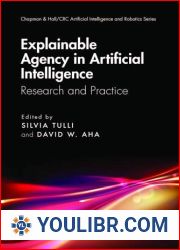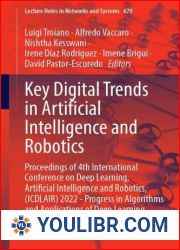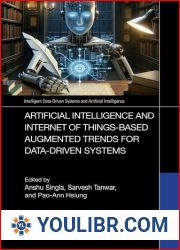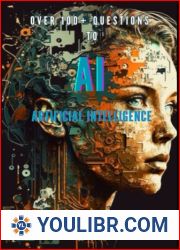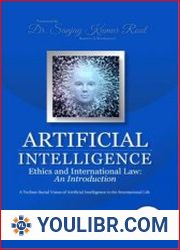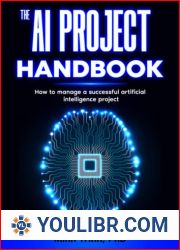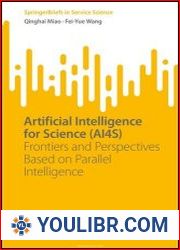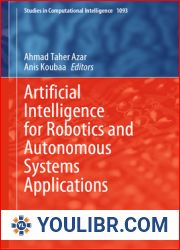
BOOKS - Artificial Intelligence: Backgrounds, Risks, and Policies

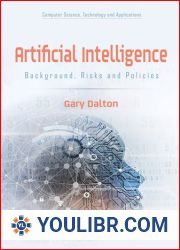
US $8.92

245299

245299
Artificial Intelligence: Backgrounds, Risks, and Policies
Author: Garry Dalton
Year: February 1, 2024
Format: PDF
File size: PDF 25 MB
Language: English
Year: February 1, 2024
Format: PDF
File size: PDF 25 MB
Language: English
The field of Artificial Intelligence (AI) has gone through multiple waves of advancement over the decades. Today, AI can broadly be thought of as computerized systems that work and react in ways commonly thought to require intelligence, such as the ability to learn, solve problems, and achieve goals under uncertain and varying conditions. The field encompasses a range of methodologies and application areas, including Machine Learning (ML), natural language processing, and robotics. AI holds potential benefits and opportunities, but also challenges and pitfalls. For example, AI technologies can accelerate and provide insights into data processing; augment human decision-making; optimize performance for complex tasks and systems; and improve safety for people in dangerous occupations. On the other hand, AI systems may perpetuate or amplify bias, may not yet be fully able to explain their decision-making, and often depend on vast datasets that are not widely accessible to facilitate research and development (R and D). Further, stakeholders have questioned the adequacy of human capital in both the public and private sectors to develop and work with AI, as well as the adequacy of current laws and regulations for dealing with societal and ethical issues that may arise. Together, such challenges can lead to an inability to fully assess and understand the operations and outputs of AI systems.











